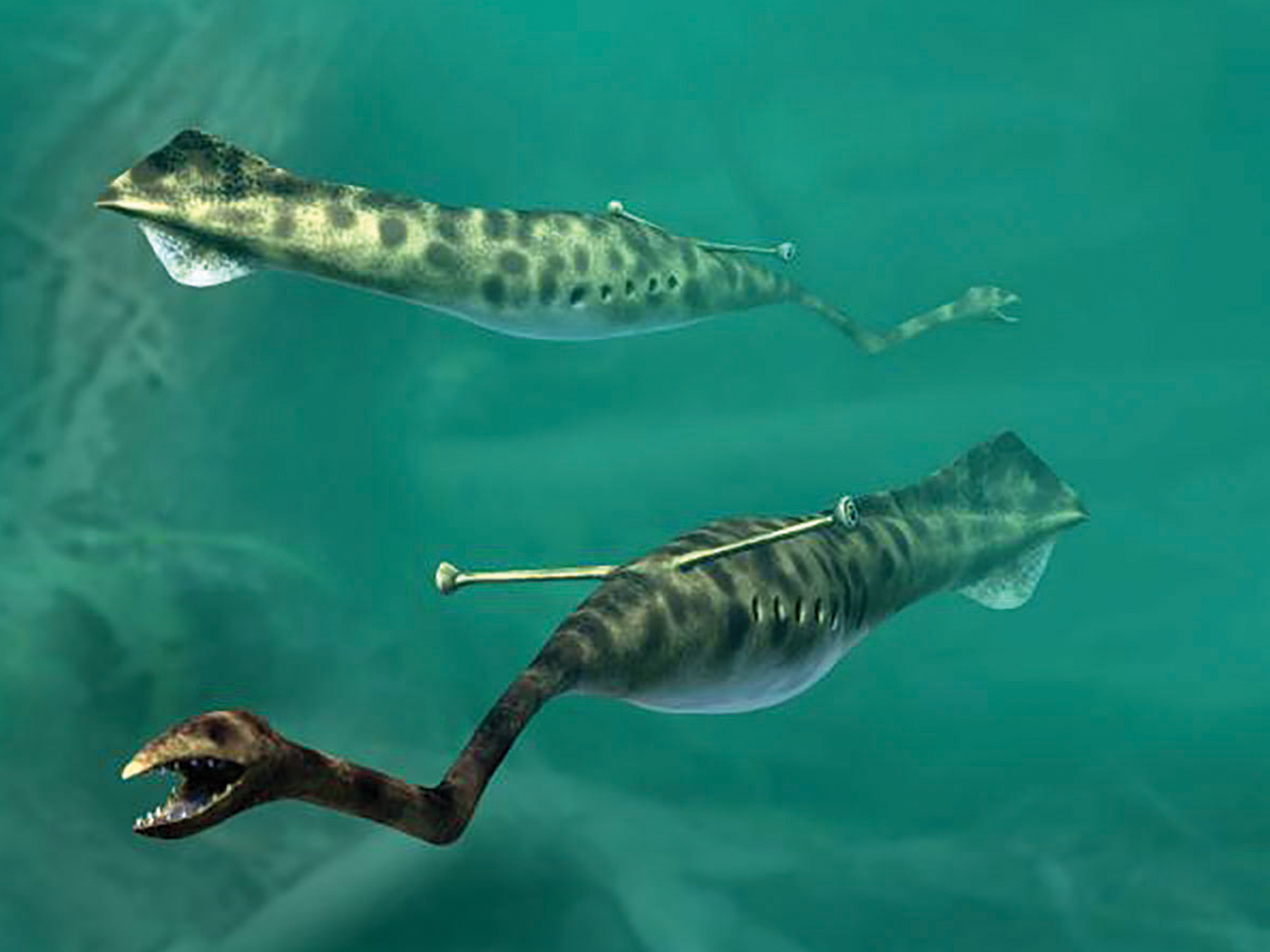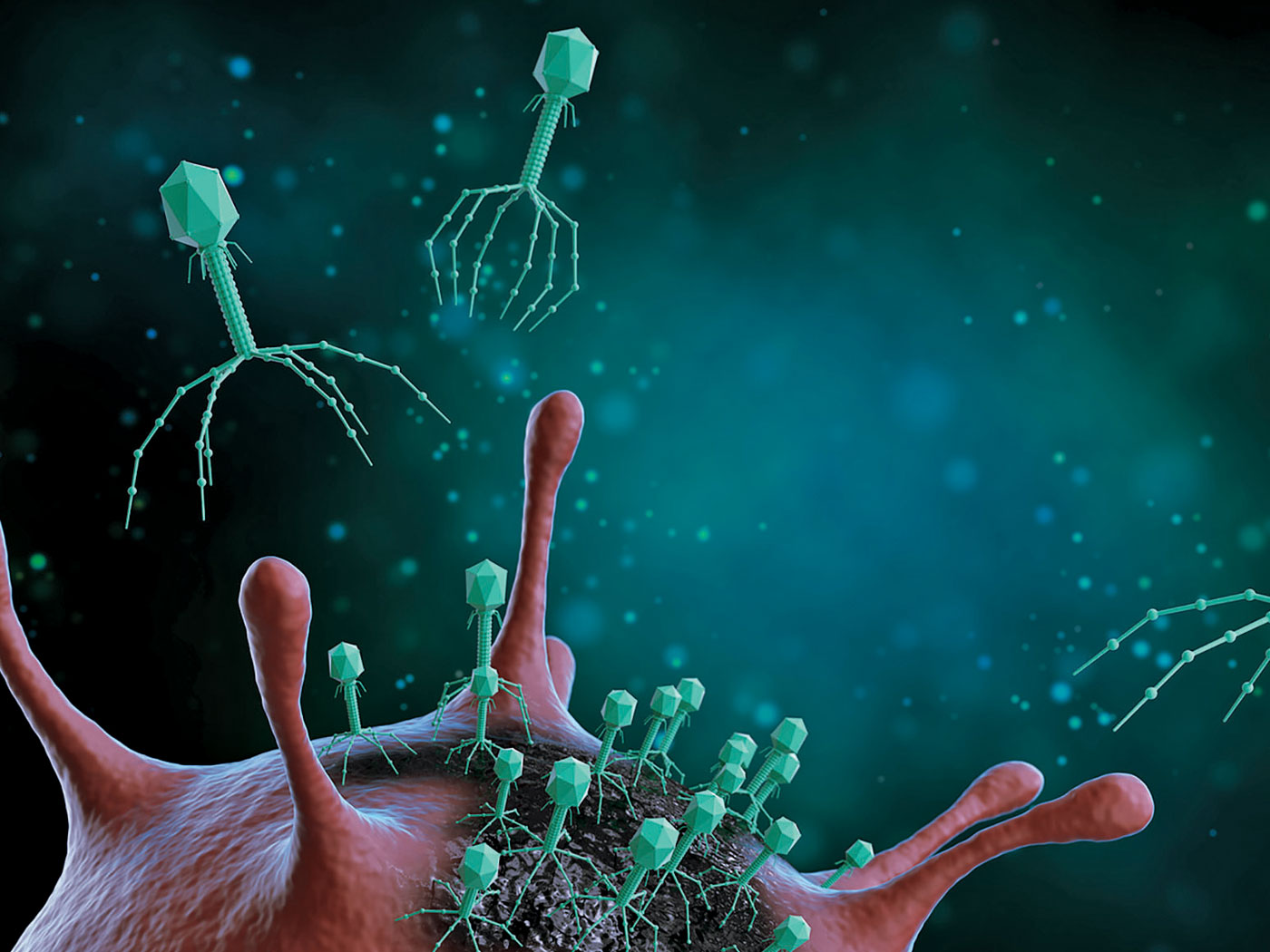Reconstructions of animals based on fossilized remains are interesting and can be of value. However, they are notoriously subjective. Recent research suggested, for example, that many longstanding dinosaur reconstructions were almost double the size of the actual dinosaurs.1 And similar distortions are evident in presentations of the fossil world’s latest superstar.
Artist sketches and other renderings of "Ardi," the newly proposed replacement for Lucy as man’s distant evolutionary ancestor, convey more than the raw data. Of the many Ardipithecus ramidus fossil bones and fragments that were collected from 35 individuals along the Awash River in Ethiopia, a female was chosen to represent the species.
Several features of an artist’s depiction of Ardi may have been orchestrated to facilitate her acceptance as an evolutionary icon. First, Ardi is shown with obvious breasts that look essentially like those of human females, albeit hairy.2 (See image by clicking here.) Second, the pelvic area is explicitly drawn and human-like. These images, just like the full-body models of Lucy that have served so well as indoctrination tools at human evolution museum exhibits, are arresting.
Research shows that men notice nude images. Advertising strategies have made extensive use of the observation that "erotic, suggestive and nude female models have a particularly strong attention-getting impact among male consumers."3 Though Ardi is not presented in an erotic or suggestive posture, she is certainly nude. What better way to attract attention than to portray Ardi with overt human female characteristics?
The depiction of Ardi with human-like female soft anatomy also facilitates C. Owen Lovejoy’s evolutionary conjectures about Ardi.4 He proposed that if Ardi had certain human female features, this would have affected mating habits, which hypothetically could have caused more rapid evolution from Ardipithecus to humans. For example, permanently enlarged mammary glands (unlike in apes, which undergo size changes according to maternal needs) would have cloaked the animal’s receptivity to mating.
Lovejoy suggested that if males were uncertain as to when females were amenable to mating, Ardipithecus would have been able to make evolutionary leaps in an "elaboration of sex-for-food exchanges observed in chimpanzees and bonobos"4 He referred to creatures without obvious signs of receptivity as having "reproductive crypsis." But this condition really only applies to human women.
Therefore, to depict Ardi as having features indicating "reproductive crypsis" is self-serving. It is a "just-so" story necessary to prop up a grander evolutionary story, the preeminence of which is made quite clear by Lovejoy at the outset: "We can no longer rely on homologies with African apes for accounts of our origins and must turn instead to general evolutionary theory."4
An image accompanying a different Ardi report also looks suspicious. It shows a human, Lucy, Ardi, two chimps, a gorilla, and an orangutan side-by-side,5 arbitrarily arranged to reflect an imagined evolutionary line of descent. (See image by clicking here.) They are all shown as having the same height, an obvious inaccuracy since Ardi was only four feet tall and Lucy was even shorter. Was there specific intent to de-emphasize known height differences in order to make human evolution more palatable?
In America’s picture-driven culture, it is unfortunate to think that these images will form for many their major perception of this extinct primate. And it is most unfortunate that these images have been rendered to support the contention that Ardi is a human ancestor, when the scientific evidence really shows that Ardi was little more than a now-extinct four-foot-tall tree-dwelling primate.6
References
- Dino-not-so-soaring. Wiley-Blackwell press release, via Alpha Galileo. Posted on alphagalileo.com June 17, 2009. Reporting on research by Packard, G. C., T. J. Boardman and G. F. Birchard. 2009. Allometric equations for predicting body mass of dinosaurs. Journal of Zoology. 279 (1): 102-110.
- Gibbons, A. Ancient Skeleton May Rewrite Earliest Chapter of Human Evolution. ScienceNOW Daily News. Posted on sciencemag.org October 1, 2009, accessed October 6, 2009.
- Danna, S. R. 2002. Advertising and popular culture: studies in variety and versatility. Bowling Green, KY: Bowling Green State University Popular Press, 137.
- Lovejoy, C. O. 2009. Reexamining Human Origins in Light of Ardipithecus ramidus. Science. 326 (5949): 74e1.
- White, T. D. et al. 2009. The Great Divides: Ardipithecus ramidus Reveals the Postcrania of Our Last Common Ancestors with African Apes. Science. 326 (5949): 100.
- Thomas, B. Did We Evolve from ’Ardi’? ICR News. Posted on icr.org October 6, 2009, accessed October 6, 2009.
* Mr. Thomas is Science Writer at the Institute for Creation Research.
Article posted on October 15, 2009.







